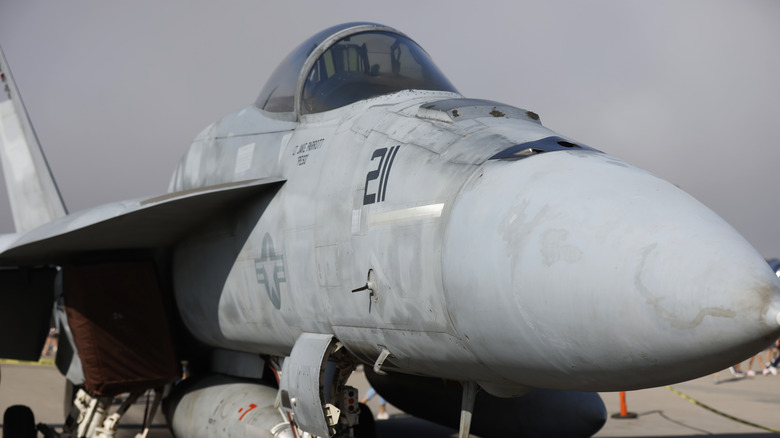Why Are Almost All Military Ships & Aircraft Painted Gray?
The near-universal use of gray on ships and aircraft comes down to visibility reduction. In open skies and seas, gray blends more effectively than brighter tones. Black creates a sharp contrast, while white stands out against darker horizons. Gray, on the other hand, merges with cloud cover and sea spray. For navies, this makes vessels harder to detect on the horizon, particularly in poor weather. The U.S. Navy — one of the largest navies in the world by self-reported total naval assets – refers to this as "haze gray." The shade is specifically chosen to soften outlines against sea and sky. Lighter tones are used higher on ships like masts, while darker shades coat lower hulls near the waterline.
Aircraft benefit in a similar way. During World War II, the two-tone green and brown camouflage used by the British proved ineffective at high altitudes, where planes stood out against lighter skies. Switching to "open gray" and "sea gray" made aircraft less visible during missions. By the 1940s, fighters like the Spitfire and reconnaissance types like the Mosquito were using gray as their primary color.
From bright paint to dazzle and finally gray
The dominance of gray wasn't immediate. Early aircraft in World War I sometimes carried bright paint or distinctive markings for morale and intimidation. The Red Baron's scarlet Fokker was the most famous case, but brightly painted fighters drew enemy attention, often fatally. As air combat intensified, countries adopted camouflage suited to their environments. Germany used olive and lozenge patterns, France experimented with blue-gray tones, and Britain leaned on green and brown. By World War II, most air forces realized that high-altitude missions required muted colors. Two-tone camouflage became dangerously visible, leading to overall gray schemes. Sea gray and medium gray proved particularly effective for reconnaissance aircraft and interceptors operating above cloud cover. Naval forces followed a similar path.
In the early 20th century, ships experimented with bold camouflage, including dazzle paint. Developed during World War I, dazzle used geometric shapes and contrasting colors to obscure a ship's outline and confuse rangefinders. While effective at the time, improvements in radar and optical targeting made dazzle obsolete. Gray became the default, since it concealed vessels in multiple lighting conditions and was easier to maintain. It was cheap and effective across different theaters. Unlike specialized camouflage schemes, which limited deployment flexibility, gray allowed forces to operate globally without constant repainting.
Gray in the age of modern technology
Modern militaries still rely on gray, but today's reasons go beyond visual concealment. Most combat aircraft and warships are coated with radar-absorbent materials that reduce detection by electronic systems. These coatings typically appear gray, with iron or carbon particles embedded to absorb electromagnetic energy. While these technologies counter radar and thermal imaging, visual camouflage remains relevant. Aircraft and ships are still spotted by human eyes in close encounters, and gray delays recognition in those moments.
Some forces have experimented with digital camouflage on aircraft, like Russia's Su-57, or revived dazzle patterns on ships for ceremonial or experimental purposes. However, the effectiveness of gray lies in its balance. It blends well enough across the skies and seas without being tailored to a single terrain. Alternatives like desert tan or jungle green are still used in limited roles, especially for ground forces or helicopters. But for naval fleets and combat aircraft, gray remains the best compromise. At least till an active camouflage technology, which could change the future of warfare, sees the light of day.


